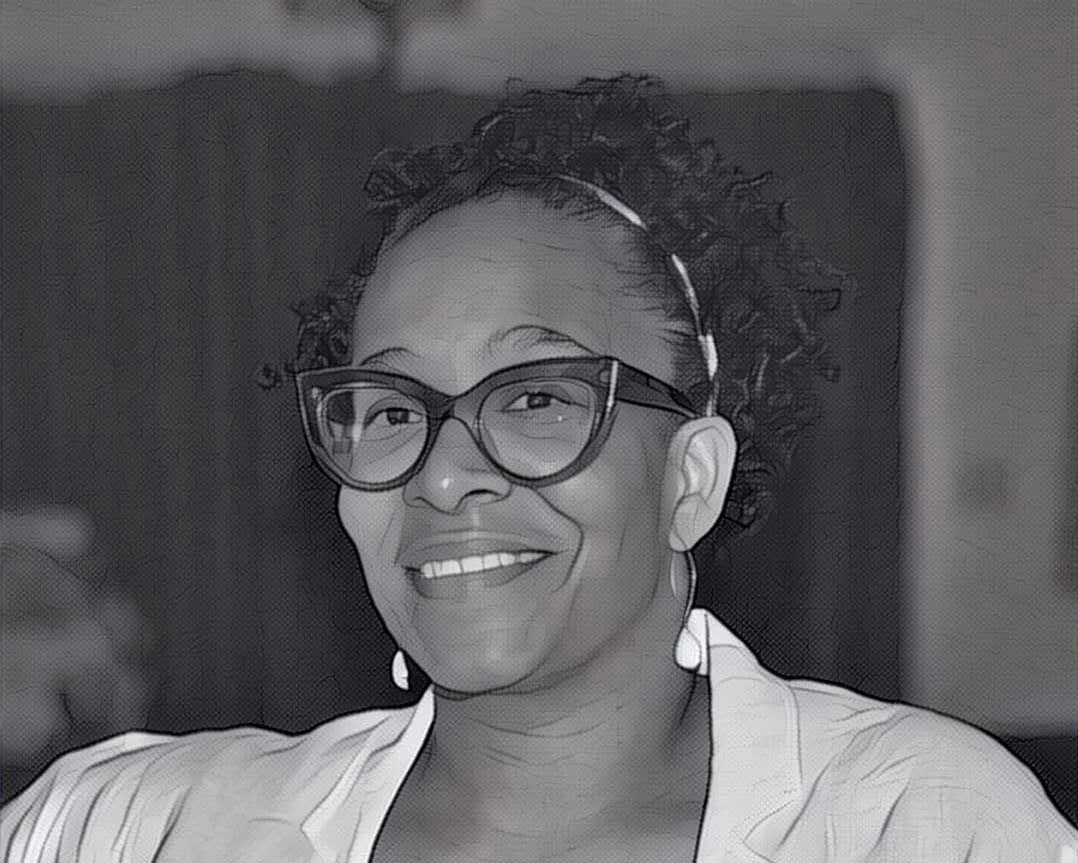Last updated: November 17, 2021
Person
George and Chester Williams

Crystal Williams-Jackson
George Williams, born enslaved in Virginia about 1838, became a property owner in Louisiana. He worked to expand his property under the Homestead Act but was unable to complete it before his death in 1910. His son Chester continued the legacy earning the patent in 1913.
There is currently no information on when or why George Williams arrived in the Claiborne Parish, Louisiana area. The first known record of his life is the 1870 census. He is listed with two children, both born in Louisiana, and first wife Betty. George had eleven children during his life: five with his first wife Betty and six with his second wife Francis Payne. He married his third wife Lucy Moore (another widow) in Claiborne, Louisiana, on January 15, 1899. They lived together on his farm as a blended family.
On October 14, 1907, George applied for the Adjoining Farm Homestead Entry No. 11177 for 27.18 acres of land “for the benefit of his adjoining farm.” At the time he owned a 55-acre farm. His son Chester was the only adult child of the eleven that remained to work the land with his father. The older children had married and moved away to work and raise families in other areas and states. Chester decided to stay on the farm with his wife with his aging father.
The land entry papers say that George and his son Chester made improvements to the land as required. They added a wire fence, cleared eight acres, and built a small log house. They raised other crops on the original farm and used the homestead land for cotton. They cultivated about a bale of cotton each year. Sadly, George died in his sleep in 1910.

Chester Williams
Photo Credit: Crystal Williams-Jackson
Chester followed through with the acquisition of the Adjoining Farm Homestead. It was obvious he knew the importance and significance of land ownership, the powerful resource it was, and possible opportunities it would afford. He continued to work tirelessly, cultivated cotton, and continued to live on the land with his second wife Ada (Bishop) and children.
In May of 1913, Chester presented his Final Proof Testimony as heir of George Williams. Two neighbors that knew both George and Chester gave testimonies of the work done: Frank Waller (black) and Charley Strochan (white). Both men and their families are listed in the 1910 census on the same page as Chester Williams.
Frank Waller knew George for 25 years before his death and his son Chester for 20 years or more. In his testimony he stated, “I lived right at the land, and see them there every week and almost every day.” Charley Strochan (pronounced Strong) knew George and Chester for 10 years. Charley lived about a mile away and saw them passing by frequently.
The Heirs of George Williams received Homestead Land Patent #358820 on October 8, 1913 due to Chester Williams commitment to continue the process to acquire the adjoining farmland. By 1920 Chester Williams and his family were living in Gordon and not on the farm. It is uncertain when the land was sold or lost as there are no family records nor oral family histories passed down about the land.
~ Contributed by Crystal Williams Jackson

Crystal Williams-Jackson
Photo Credit: Crystal Williams-Jackson
About Crystal Williams-Jackson
Crystal Williams-Jackson is the great granddaughter of George Williams, Sr. and the Great Niece of Chester Williams, Sr. She began learning and assisting her father in researching her paternal family history about 1982. She took on the title of family historian after the death of her father in 2008. She is a member of Le Comité des Archives de la Louisiane, Inc. Genealogical Society and the St. Louis African American History & Genealogy Society (STLAAHGS).
Notes from Crystal Williams-Jackson
Using Google Maps, I often find myself traveling virtually Northeast on Highway 161 in Louisiana and about a mile before I cross the state line into Arkansas, I glance to the right for a bird’s eye view of the land once owned by my family in Colquett, Claiborne Parish, Louisiana. I am grateful to have Chester’s grandson and one of his nieces, who grew up in Claiborne Parish, as a resource as I research our family history in that area. I look forward to finding out what became of the land and plan to see it person one day along with other family members.
I remember reading something once that said “from very early times, there have always been landowners or landholders”. Numerous Bible accounts give us an idea of why land ownership was important. Abraham bargained with Ephron the Hittite for a burial place for his wife Sarah. During a famine in Egypt, Joseph, a former slave, bought land for Pharaoh from Egyptian landowners in exchange for food. And Job, who lived in the land of Uz, owned property that he gave to his sons and daughters. (Genesis 23:7-20; 47:13-26; Job 1:1; 42:12-15)
George Williams had a few things in common with all three of the faithful men in those biblical accounts.
Sources:
- 1870 United States Federal Census, Ward 2, Claiborne Parish, Louisiana.
- 1880 United States Federal Census, Ward 7, Claiborne Parish, Louisiana.
- 1900 United States Federal Census, Ward 2, Claiborne Parish, Louisiana.
- 1910 United States Federal Census, Ward 2, Claiborne Parish, Louisiana.
- 1920 United States Federal Census, Gordon, Claiborne Parish, Louisiana.
- Homestead Final Certificates. Record Group 49: Records of the Bureau of Land Management. National Archives and Records Administration. (pages will be added in albums)
- Louisiana, Complied Marriage Index, 1718-1925.
- Patent Details - BLM GLO Records – 27.18 acre Homestead (Application #11177, Patent #03815)
